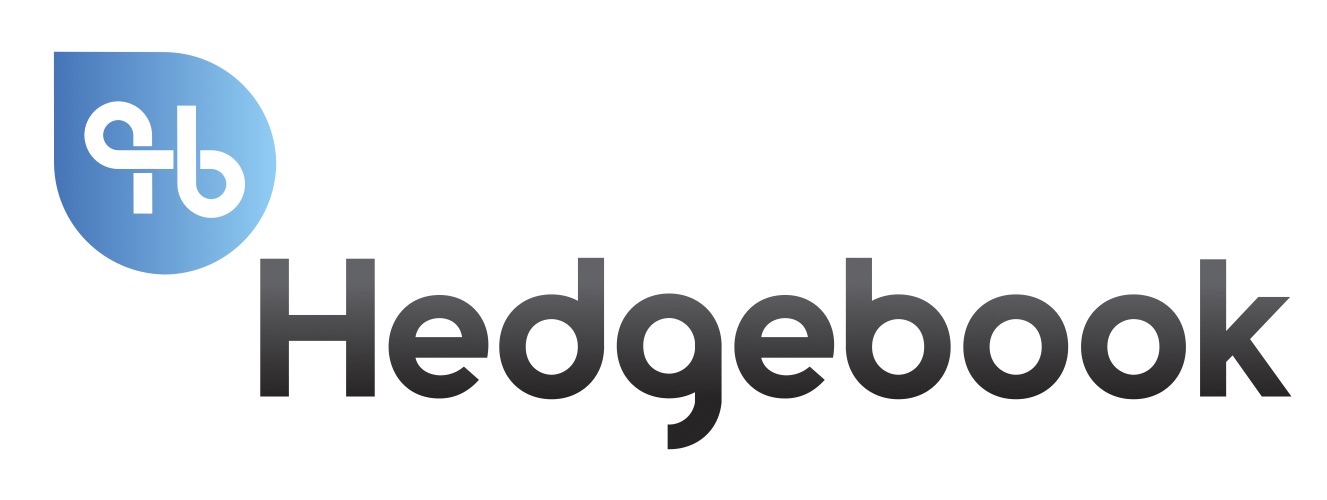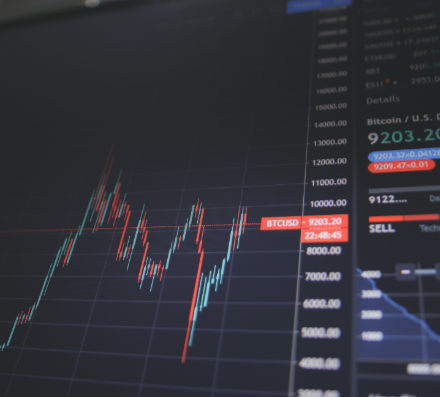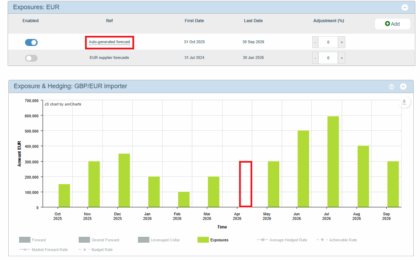Interest rate swaps brief history starts in 1981
What is an interest rate swap? We first must go back to 1981 to see their first application. In 1981, IBM and the World Bank made the first swap, a currency transaction. But why? The World Bank borrows money to lend funds to developing countries for mainly construction projects. In essence, similar to how commercial banks like Bank of America lend to small business, the World Bank lends to developing nations.
But the World Bank was in a bit of a conundrum: interest rates were sky high (at least compared to today’s levels), with the Federal Funds rate at 17%, the Swiss key rate at 8%, and the West German key rate at 12%. Similarly, per laws in both countries, the World Bank had reached its borrowing cap in Switzerland and West Germany.
At the same time, IBM held a large amount of debt priced in Swiss Francs and German Marks. To help one another out, the World Bank borrowed $290 million in U.S. markets and swapped those U.S. Dollar obligations in exchange for taking on IBM’s Swiss Franc and German Mark obligations; swaps were born.
Why interest rate swaps history is of value today?
Today, the swaps market is extremely liquid and of high value – with hundreds of trillions of dollars worth of swaps in existence (according to the Bank of International Settlements, the swaps market totaled $415.2 trillion in 2012 – that was almost nine-times global GDP!) in an over-the-counter (OTC) market (OTC means there is no centralized exchange). There are two main types of swaps, plain vanilla or interest rate swaps, and currency swaps. Other common swaps are commodity swaps and credit default swaps, but the majority of transactions remain to be interest rate swaps and currency swaps in the deepest financial derivatives class in the world – which is why interest rate swaps history is still of high value decades on.
If you’d like to know more about Interest Rate Swaps – please check out our Interest Rate tutorial blog this video on our Interest Rate Profile Tool or our eBook on Interest Rate Swaps for Smart People.





